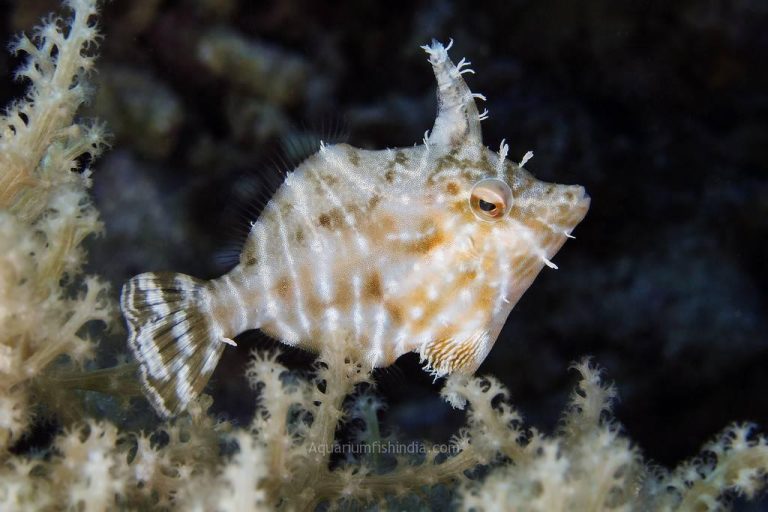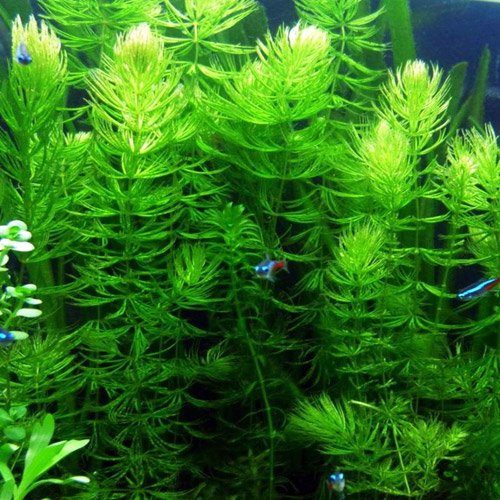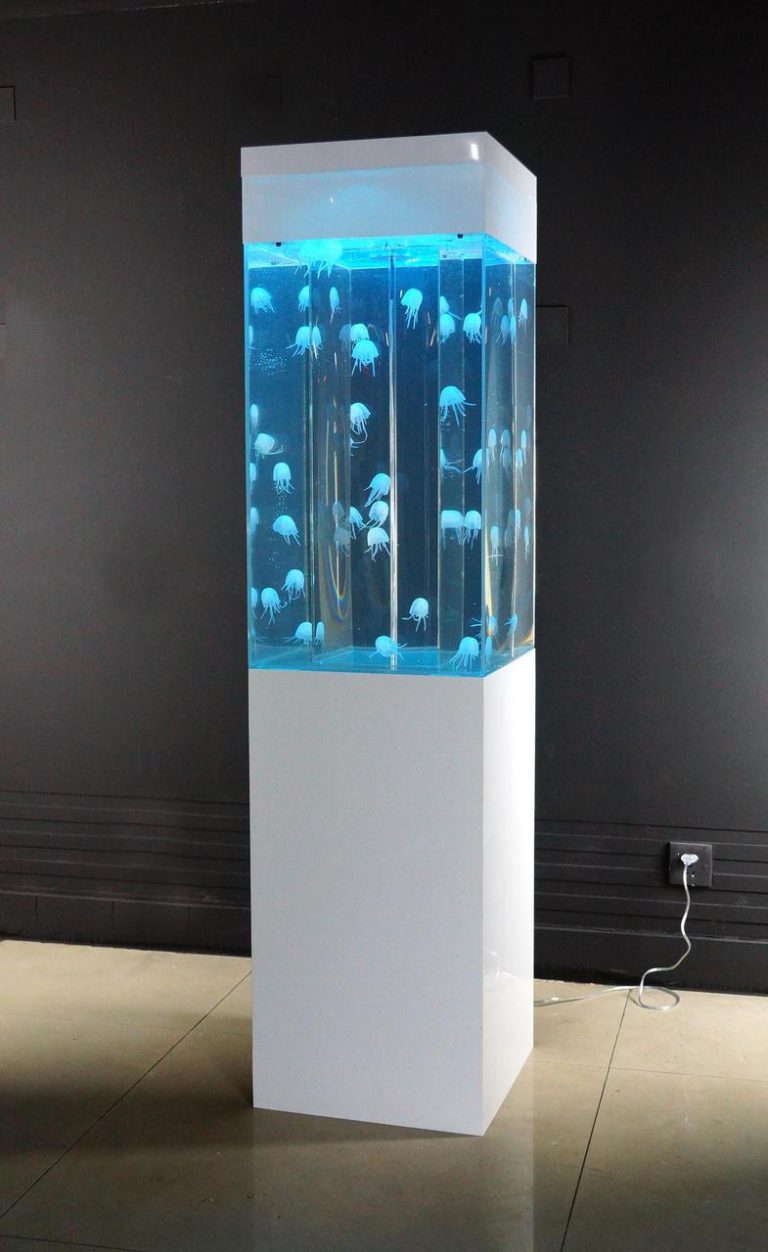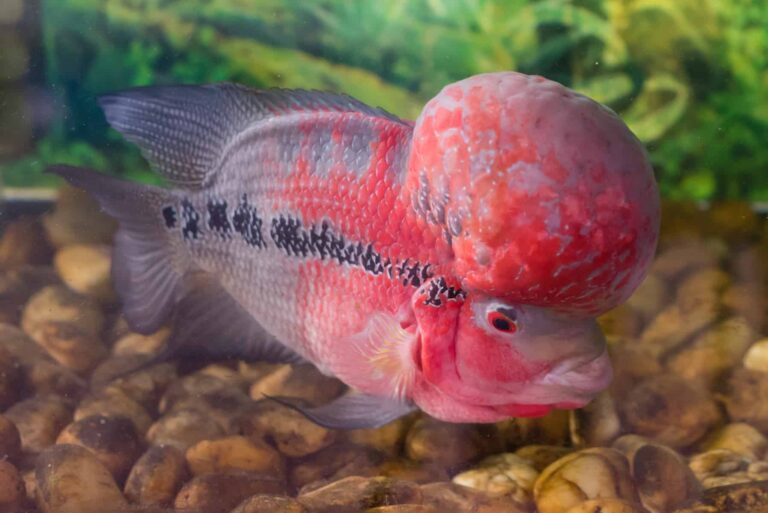Discover the Truth: Do Plecos Change Color?
Yes, plecos can change color. This is a natural process that occurs due to their environment, diet, and genetics.
Plecos, also known as suckerfish, are a popular species of freshwater fish known for their unique appearance and cleaning abilities. These fish can change color depending on various factors such as stress, mood, and environmental conditions. In some cases, plecos may change color due to their diet or genetics.
For example, some plecos have been selectively bred to exhibit specific color traits. It’s essential to note that color changes in plecos are natural and should not be a cause for concern unless it indicates an underlying health issue. In this article, we’ll explore pleco color changes and what they may indicate.

Credit: fishkeepingtrends.com
The Science Of Color In Fish
Do Plecos Change Color
Plecos are a popular freshwater aquarium fish known for their unique appearance. One of the most frequently asked questions about plecos is whether or not they change color. The answer is yes; plecos do change color. The science of color in fish plays a significant role in this process.
Let’s explore this topic in more depth.
Explanation Of How Color Is Produced In Fish
Fish are a diverse group of animals that come in many different shapes and sizes. They also have a wide range of colors, from vibrant and bold to more muted and subtle hues. So, how are these colors produced?
- Fish produce color through two primary mechanisms: Pigments and structural coloration.
- Pigments are chemicals that absorb and reflect light to create specific colors. Structural coloration occurs when light bounces off the surface of a fish’s scales.
- Pigments are produced in specialized cells called chromatophores, which are located in the skin and other tissues of a fish’s body.
Overview Of The Pigments Responsible For Fish Coloration
Many types of pigments are responsible for the coloration of fish. Here are some of the essential pigments:
- Melanin is a pigment that can produce dark or black colors.
- Carotenoids are pigments that produce yellow, orange, and red hues.
- Pteridines produce yellow and green hues.
- Guanine reflects light and generates a silvery sheen on the skin.
- Biliverdin produces blue and green colors.
Discussion On How Fish Change Their Colors Under Different Conditions
Fish can change their colors for a variety of reasons, such as camouflage, attracting mates, and signaling distress or aggression. Here are a few ways that fish can change color:
- Hormonal changes can alter the intensity of pigments in chromatophores.
- Light can affect pigment production and how colors appear.
- Temperature changes can impact pigment distribution.
- Stress or illness can cause fish to change their colors.
Fish colors are complex, and there are several factors to consider when trying to understand the science of color in fish. Plecos changing color is not uncommon, and several pigments are responsible for their unique appearance. Understanding how and why fish change color can help us appreciate their beauty and better care for them in our aquariums.
Plecos 101
Do Plecos Change Color?
Plecos, also commonly known as sucker fish, are an exciting type of freshwater fish that make great additions to any aquarium. Many people are fascinated by their ability to change color, which leads to questions about this unique feature. In this section, we’ll explore plecos 101, which includes an overview of common pleco species, detailed descriptions of their physical features, and an introduction to their natural habitats and adaptations to diverse environments.
Overview Of Common Pleco Species
There are around 150 species of plecos, but seven of them are commonly found in aquariums. Some of the most popular species include:
- Bristlenose: Often easily recognizable by their long, bushy nose
- Clown pleco: Identified by their black and white striped pattern
- Zebra pleco: Known for their dark stripes against a light-colored background
- Rubber lip: Identified by their dark-colored body and distinctive rubbery lips
- Sailfin: Easily recognizable by their large fin that resembles a sail.
- Royal pleco: Recognized by its vibrant green color and white spots.
Detailed Description Of Their Physical Features
Plecos vary in appearance, but there are some physical characteristics that are common to all species. Some of these features include:
- Armor plating: They have a tough, bony exterior that protects them from predators and provides a unique aesthetic to their appearance.
- Sucker mouth: A suction cup-like mouth that enables them to attach to surfaces and suck algae and other food sources.
- Fins: Plecos have various types of fins that help them swim or stabilize in the water. The number and shape of these fins differ in various species.
An Introduction To Their Natural Habitats And Their Adaptations To Diverse Environments
Plecos are found in different freshwater ecosystems, from fast-flowing rivers to slow-moving streams. Their adaptability enables them to thrive in diverse environments. Here are some examples of their adaptations:
- Camouflage: Plecos can change the color of their skin to blend in with their surroundings, making them harder to spot by predators.
- Digestive system: Plecos have a unique digestive system that allows them to consume algae and plant matter and break them down with enzymes in their intestines.
- Habitat specific adaptations: Depending on their natural habitat, some species of plecos have adapted physical features such as flattened bodies to avoid strong currents, and the ability to breathe air to assist with regulating their buoyancy.
We’ve covered the plecos 101, including common species, physical features, and natural environments. With their potential to change colors, plecos are fascinating creatures that are worth considering for your aquarium.
The Mystery: Can Plecos Actually Change Color?
Plecos, a species of catfish, are known for their distinctive appearance and remarkable adaptability. These fish are often kept as exotic pets in freshwater aquariums, but their color-changing abilities have been a topic of debate among pleco owners. Some claim that their plecos change colors frequently, while others say that their plecos remain the same color throughout their lives.
In this section, we will explore the mystery of whether or not plecos can actually change color.
Discussing The Claims Made By Pleco Owners About Their Color-Changing Abilities
Pleco owners have reported that their fish change color for numerous reasons, such as camouflage, temperature changes, and stress. While some fish owners claim to have observed plecos changing their skin from spots to stripes or changing their color entirely, others have experienced these fish changing to a lighter or darker shade.
Here are some key points to note about pleco color-changing as reported by owners:
- Plecos might change color depending on their surroundings to camouflage and avoid predators.
- Many fish owners have observed that plecos can change colors due to stress or illness.
- Plecos might change color for breeding purposes or due to hormonal causes.
Highlighting The Factors That Influence Pleco Coloration
Pleco coloration is determined by several factors, including genetics, environment, and diet. Plecos have a layer of skin cells known as chromatophores that are responsible for the pigmentation of their skin. Here are some essential factors that influence pleco coloration:
- Genetics have a significant role in determining the color of a pleco.
- The environment is another significant factor, and changes in water temperature and light can cause the fish to change color.
- The diet of plecos can have an impact on their color, as some foods can enhance the blue or yellow pigmentation in their skin.
Discussing The Scientific Research On Pleco Color-Changing Abilities
While owners’ observations of color-changing in plecos have been widely reported, there is a limited amount of scientific research on the topic. Some studies have suggested that plecos have the ability to change color, but much more research is required to establish this fact conclusively.
Here are some key points to note about scientific research concerning pleco color-changing:
- Scientific studies have suggested that plecos can change their skin color in response to environmental factors such as light and temperature.
- The chromatophores in the skin of plecos are responsible for the pigmentation of their skin and may change in size to produce different colors.
- Further research is required to determine whether plecos can exhibit patterns or distinct colors like other fish species.
While anecdotal evidence from pleco owners suggests these fish can change color, scientific research on this topic is scarce. Factors such as genetics, environment, diet, and chromatophores are known to influence pleco coloration. Nonetheless, more research is needed before we can say for sure whether these fish species actually have the ability to change their skin color.
The Truth About Pleco Color Change
Do Plecos Change Color: The Truth About Pleco Color Change
Plecos are peaceful freshwater fish that can add some character and variety to your aquarium. These fish come in a range of colors, from solid black to dazzling orange, making them a favorite among fish owners. However, do plecos change color?
We’ll explore the truth about pleco color changes, including the different factors that can cause color transformations in these aquatic fishes.
Defining The True Nature Of Pleco Color Change
Plecos are known for their remarkable ability to change color, but this ability is not entirely unique to them. Here are some key points to define the true nature of pleco color changing:
- Plecos have chromatophores, which are pigment cells that help them change color.
- These chromatophores contract or relax depending on the fish’s mood, stress levels, and overall health.
- Plecos can change their color in seconds to minutes, but it is a temporary shift.
Discussion Of The Different Factors That Can Cause Plecos To Change Color
Several factors can cause color changes in plecos, such as:
- Age: Juvenile plecos may have different color patterns than mature fish.
- Stress: When their environment changes or is not ideal, plecos may change color to indicate stress.
- Health: If the fish are sick or injured, they may change color as a symptom.
- Diet: The type and quantity of food can affect the color of plecos.
The Link Between Environmental Factors And Pleco Color Change
The environment your plecos reside in can play a significant role in their color change. Here are some factors that can affect their color:
- Temperature: Plecos may change color based on the water temperature. As the water gets colder or warmer, the fish may become paler or darker, respectively.
- Maturity level: As plecos grow older, they can change their colors gradually to become darker or lighter.
- Season: Some reports suggest that plecos change color during different seasons. For example, during the breeding season, males may become brighter and more vibrant to attract females.
The ability of plecos to change color is one of their fascinating traits. While this color change is temporary and can be related to several factors such as stress, health, diet, age, and environment, it is essential to keep them in a stable and healthy environment.
As such, you can appreciate the natural beauty of your colorful plecos.
Frequently Asked Questions For Do Plecos Change Color
Do Plecos Change Color With Age?
Yes, plecos’ color can change with age due to hormonal and genetic factors.
Can Stress Cause Plecos To Change Color?
Yes, stress can cause plecos to change color due to release of hormones such as cortisol.
Why Do Plecos Change Color At Night?
Plecos change color at night as they are nocturnal and use it for camouflage and communication.
How Long Does It Take For Plecos To Change Color?
Plecos can change color in as little as a few days or as long as a few weeks, depending on the reason for the change.
Conclusion
After exploring the question, “do plecos change color? ” We have concluded that the answer is yes. These fascinating freshwater fish are known to alter their coloration based on various factors such as age, mood, environment, and health. While some plecos change their color dramatically, others may show subtle hints of color changes that are barely noticeable.
It is interesting to note that color change is one of their ways of communication. In addition, the color variation can also indicate the health of plecos, making it crucial to observe any significant or sudden changes in their color.
Overall, plecos are unique and captivating creatures that bring life and beauty to aquariums and ponds. Understanding their color changes can help us appreciate them more and provide better care for these wonderful fish.






